 The recent global financial crisis has renewed concerns about the inherent instability of the current international monetary system in which the world’s demands for asset or liquidity are met predominantly using the currency of one country, the United States dollar. If the supply of the global currency is inadequate to support global trade, the world faces deflationary risks.
The recent global financial crisis has renewed concerns about the inherent instability of the current international monetary system in which the world’s demands for asset or liquidity are met predominantly using the currency of one country, the United States dollar. If the supply of the global currency is inadequate to support global trade, the world faces deflationary risks.
However, since the country issuing the global currency has the privilege of borrowing abroad in its own currency cheaply, its borrowing and, hence the supply of global currency, may become excessive. This may eventually become unsustainable, and may have significant systemic implications for the rest of the world, as witnessed in the global financial crisis. This is the well-known Triffin dilemma representing the conflict between domestic and international objectives of a reserve-issuing country.1
Given these major drawbacks, efforts have been made to develop a new international financial architecture that is more decentralized and flexible, with regional arrangements and organizations making decisions at the regional level that complement the work of existing global institutions. In Asia, the Chiang Mai Initiative Multilateralization (CMIM), a regional safety net arrangement, and the ASEAN+3 Macroeconomic Research Office (AMRO), for regional surveillance, are in place. Together they form the basis of a system capable of performing similar functions to those of the International Monetary Fund (IMF): (i) providing liquidity in an emergency and (ii) conducting surveillance that will enable problems to be detected early on. With increased size and credibility, they can and should evolve into an Asian Monetary Fund (AMF) to complement the IMF.
Ensuring financial stability
An Asian Financial Stability Board (AFSB) should be established to safeguard financial stability in the region. The board could also represent Asia in international forums to ensure that the region’s context is adequately understood in financial policy and regulation. Currently, a Working Group on Banking Supervision under EMEAP (Executives’ Meeting of East Asia-Pacific Central Banks), a grouping of central bank governors of 11 Asian and Oceanic countries, meets regularly on micro- and macroprudential issues, with non-central-bank regulators as observers. An AFSB could be a spin-off of the EMEAP Working Group, with an appropriate expansion of membership and mandates.
However, institutions are only the hardware. To make the institutional structure work, the right software in the form of supportive governance arrangements is needed.
First, all institutions must be inclusive enough to be legitimate but also effective in carrying out their mandates—a delicate balance to strike. Clear mandates, a proper incentive structure and enforcement are also necessary.
Given the shifting of risks and integration of the global economy, macroeconomic and financial sector surveillance of systemically important economies are particularly important for the early detection of vulnerabilities and crisis prevention. The IMF has taken steps to strengthen its macroeconomic surveillance after it failed to give sufficient warning in the run-up to the 2008 global financial crisis.
As for financial sector surveillance, the IMF–World Bank joint assessments of the Report on Observance of Standards and Codes (ROSC) and the Financial Sector Assessment Programs (FSAP) are essential exercises in evaluating financial sector vulnerabilities and regulators’ compliance with international codes and standards. These are voluntary exercises, but they should be mandatory for all systemically important countries. However, since such countries are mostly major voters of the IMF and the World Bank, implementing such a requirement may be difficult. An alternative would be to set up a new organization that is able to require countries to undergo these exercises, such as a World Financial Organization (WFO) as proposed by Eichengreen. The proposal is to create a World Financial Organization (WFO), analogous to the World Trade Organization (WTO), which would establish principles for prudential supervision that would be obligatory for all countries seeking freedom of access to foreign markets for domestically-chartered financial institutions. Importantly, WFO would authorize the imposition of sanctions against countries that fail to comply with international standards for supervision and regulation of their financial markets and institutions. Other members would be within their rights to restrict the ability of banks and nonbank financial institutions chartered in the offending country to do business in their markets. WFO, therefore, would be able to enforce mandatory participation in FSAP and ROSC of systemically important countries, among other supervisory standards and best practices. Given the mandate of the Financial Stability Board (FSB) in promoting financial stability by developing strong regulatory, supervisory and other policies and fostering a level playing field through coherent implementation across sectors and jurisdictions, it would be a strong candidate for transformation into a WFO. The governance structure of the FSB would, of course, have to be modified to support additional power to monitor and sanction. Membership would also have to be vastly expanded.
Shifting to a multi-polar currency system
Having additional regional institutions is not enough to create a more stable international monetary system. There may be a need to move to a multi-polar currency system in which emerging economies, especially Brazil, Russia, India, and the People’s Republic of China (the BRICs), can have an enhanced role. However, the BRICs will need to further open their capital accounts, allow currency convertibility, and deepen and widen their financial markets. Once these conditions are met, the inclusion of BRICs’ currencies in the special drawing rights (SDR) basket would increase the demand for these currencies.
The role of SDR should be enhanced. One of its advantages is the possibility of managing global liquidity without affecting the value of currencies in the basket. In addition, the basket diversifies the risk so the system will be less exposed to shocks in any of its constituent economies.
It may be difficult for the SDR to take the center stage of the international monetary system, but it can be made one of the reserve currencies in a multipolar-currency system. To do so, significant effort will be necessary to broaden the use of the SDR. For its liquidity to increase, continued political and private sector support will be needed. For example, government and corporate securities may be denominated in SDR.
Other reforms needed
Even with a multi-polar currency system, where risks are diversified, the Triffin dilemma could be a problem. The provision of global liquidity will continue to largely depend on the macroeconomic conditions of the reserve-issuing countries. Therefore, there remains a great need for continued surveillance and policy coordination among them to ensure an orderly supply of global liquidity.
Lastly, even with a multi-institutional infrastructure, the IMF must continue to reform its governance structure to reflect the increased significance of emerging markets. It must also continue to develop a more coherent response to systemic events, including the provision of short-term liquidity to “crisis bystanders” as well as making efforts to minimize stigma and to send signals that identify which of these “bystanders” are fundamentally sound economies.
_____
1Although the Triffin Dilemma was linked to the specific situation of the gold-exchange standard in 1960, it remains broadly valid even in today’s much more flexible international monetary system. See Lorenzo Bini Smaghi, ECB, Oct 3, 2011, “The Triffin Dilemma Revisited” delivered at the Conference on the International Monetary System: Sustainability and Reform Proposals, Brussels, 3-4 October 2011.
2 Barry Eichengreen. 2008. Not a New Bretton Woods but a New Bretton Woods Process, in What G20 Leaders Must Do to Stabilize our Economy and Fix the Financial System. Barry Eichengreen and Richard Baldwin, VoxEU.11 November 2008.




